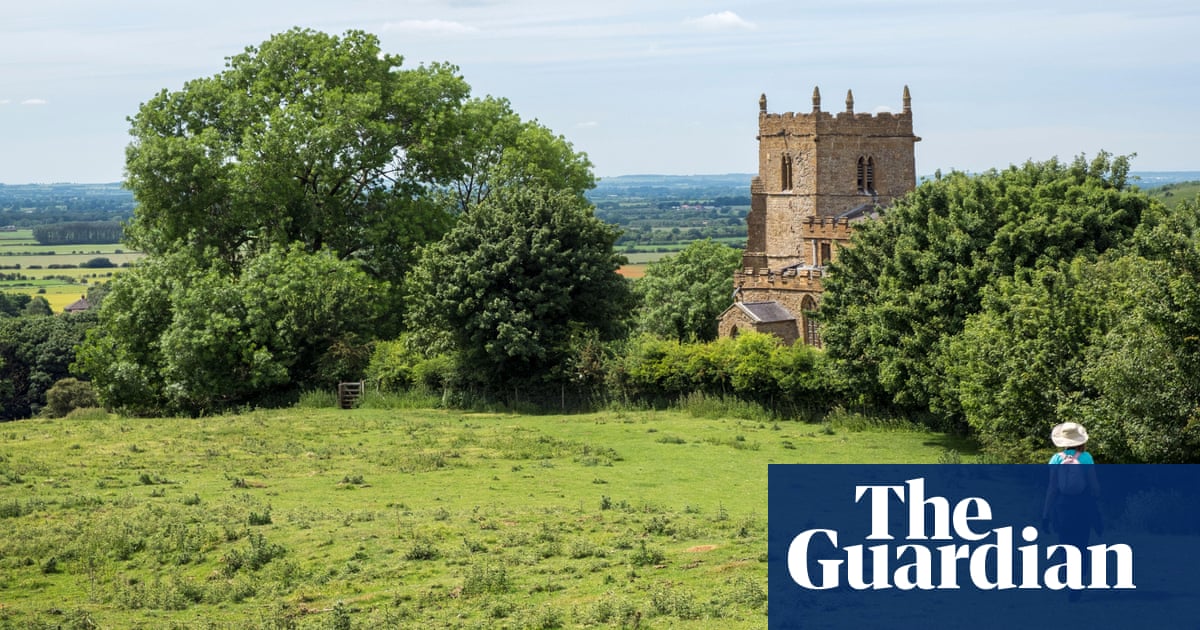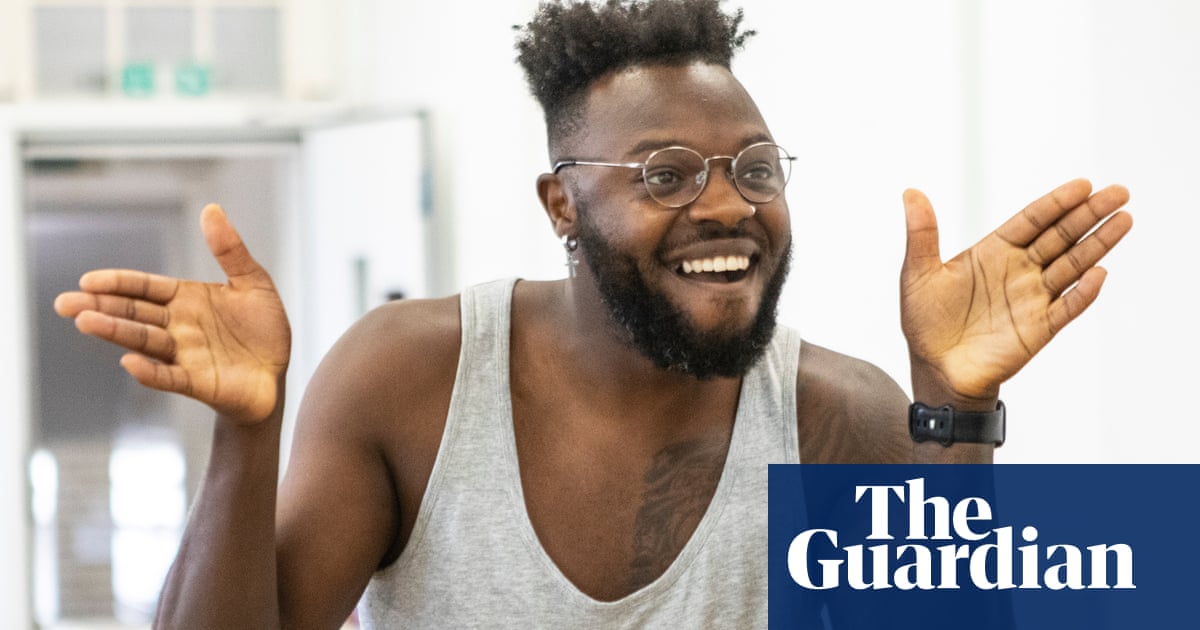
hen Nyle DiMarco, an actor, model and disability rights activist, attended Gallaudet University, a liberal arts college for the deaf and hard of hearing in Washington DC in the early 2010s, he often thought: this would be great television. Gossip, conflicting identities, a close-knit community – “I always felt like we really needed a reality TV show about the university – so many juicy things happen on campus,” DiMarco told the Guardian through an American Sign Language (ASL) interpreter.
Enter Deaf U, a Netflix reality show executive-produced by DiMarco, which follows several Gallaudet students, all deaf or hard of hearing, as they navigate cliques, shifting relationship boundaries, sex and dating, social media, and their relationship to the deaf community during a semester of college. Over eight episodes of about 20 minutes, Deaf U covers the typical Netflix reality show fare: talking head narration of in-the-moment feelings, love triangles, a confrontational party scene, release valves through club nights and bonding time over meals, family segments revealing emotionally complicated backstories behind the ribbing and flirting. It also shows, without sensation or condescension, the adjustments for a deaf community in a hearing world both big – for some, the journey of learning ASL in college – and small: moving the couches at a bar (this is pre-pandemic DC, after all) so that everyone has a view of each other’s signing, typing a bar order into a phone, a club’s music edited to impart just the pulse of the bass.
“The goal of this series was to break the mold,” said DiMarco, who is one of the few deaf talents to appear in mainstream reality shows, as the first deaf winner of America’s Next Top Model and later on Dancing with the Stars. “Most of the time when we see deaf characters or deaf personalities in TV shows or film, they’re very one-dimensional. There’s no real nuance to who they are. You don’t really deep dive into their experience; you don’t really see any layers to their character.”
Deaf U, by contrast, is a show about entirely deaf or hard of hearing people made in large part by members of the deaf community (30% of the crew, 60% of the story department producers, and 30% of the edit team, according to the show’s press release) that’s more intra-Gallaudet gossip, parties and hanging out than discussions of deafness and ability. The show offers “a way to look through the lens at their friendships, their romantic relationships, their journeys, and what their coming of age through college looks like, how they’re looking for their identity,” said DiMarco, so hearing audiences could “learn their deaf experience without it being preached, without it being the tone of a PSA”.
“The deaf community is quite small,” said DiMarco, who said the show accepted open applications while also intentionally selecting a cast to highlight a range of deaf and partial hearing experiences; though Gallaudet is officially bilingual, with instruction in both English and ASL, not all of its roughly 1,100 undergraduates grew up with ASL, an issue of both family history (only 10% of deaf people are born to deaf parents) and access. There’s those who grew up with partial hearing, “mainstreamed”, such as Rodney, who plays on the football team, and Daequan, who didn’t learn ASL until attending Gallaudet.
On campus, mainstream cultural stigmas around sexuality, income and access to education mesh and invert, in the tight-knit and well-connected social scene of Gallaudet, around judgments on language fluency, background and hearing abilities. Cheyenna, whose influencer work on social media has earned a reputation on campus, and Renate, a pansexual social activist, both find themselves at odds with the so-called “Deaf Elite”, a clique students from a long line of non-hearing families, who have usually been immersed in deaf communities and schooling for most of their lives and for whom ASL is a first language.
The breezy depictions of the Gallaudet social scene – group dinners zipping through gossip in ASL, the evolution of the language (in one segment, the students of Deaf U explain the quick development of a swooping gesture, like a toupee, used to indicate Donald Trump), and the evolving understanding of life in an often stubbornly inaccessible world – works as a corrective of an oversight DiMarco has experienced during his near-decade in the entertainment industry. “There’s often a misconception that we don’t have [a culture], and we have to explain that the disability community in and of itself has a culture, and people often assume that to be impossible,” he said. “That’s a constant battle. We definitely need to see more mainstream shows like Deaf U that include that.” His upcoming projects, including a half-hour comedy starring himself about life as a deaf man in America in development at Spectrum, “also really put a light on that, to show that deaf culture in fact does exist”.
As a “groundbreaker” – the first reality show focusing entirely on deaf characters – Deaf U shoulders the dual task of reflecting the experience of Gallaudet back to a deaf or partial-hearing audience, and communicating a scene that does not, for once, cater to Netflix’s vast hearing audience, many of whom will find their first exposure to deaf culture by scrolling to Deaf U.
“Obviously I’m very excited, because this is something that we’ve always wanted as a community – to have the spotlight, and really reframe our experiences,” said DiMarco. But there’s also the trepidation in that spotlight, he added – “while we may desire it, I think it’s going to be very new to us and we’re going to have to ride it out and see what happens.”
“Never in history have we really stretched the bounds of what it means or what it looks like to be deaf. I always say there’s no one right way to be deaf, whether it’s language fluency, family background, familial school, if you didn’t go to a deaf institution, all of that,” he said. “I’m really excited to see that for a hearing audience,” especially as large barriers to full accessibility still exist, from the lack of open captioning in movie theaters to the dangerous gaps in ASL-friendly or captioned public health updates. Many government resources do not make their public health information accessible to deaf or blind people – DiMarco himself has posted videos communicating Texas public health info in ASL. The issue has grown only more stark in the pandemic, as the Trump administration neglected to include an ASL translator during its daily coronavirus briefings, and use of face masks has rendered lip-reading impossible.
Advocates have pushed for clear hospital communication guides for deaf patients (having pen and paper on hand to work around interpreters, for example) and amendments to virtual tech, such as Zoom or Google Hangouts, that would enable closed captioning or rapid transcription, but the gaps remain. “We need to find a way to end this coronavirus pandemic, but we don’t do that without accessibility,” said DiMarco. “That’s key; it’s important that everyone has the opportunity to realize what’s being shared.
“We’re talking about 30 million people in the United States alone and 466 million [worldwide] who are deaf or have some form of hearing loss – it’s really key that we change the narrative from what we have,” DiMarco said. Deaf U marks the tip of the iceberg – fun and informative, casual and familiar in format if not, to hearing audiences, in its dialogue. “This is the first time this has ever been done in history,” DiMarco said. “This is really a groundbreaking series for the deaf community.”
Deaf U is available on Netflix now












